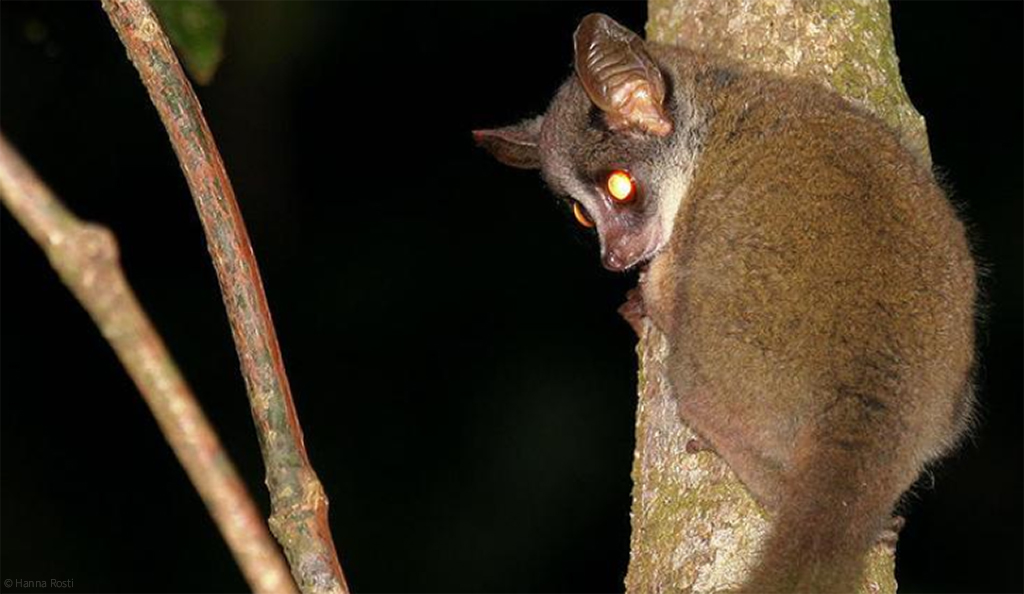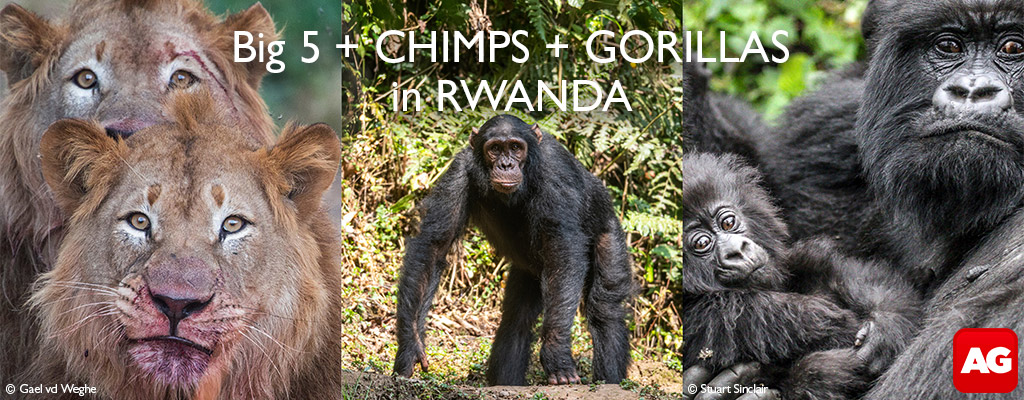
A team of researchers based at the University of Helsinki Taita Research Station in Kenya have confirmed the survival of what they believe to be a scarce species of bushbaby – the Taita Mountain dwarf galago (Paragalao sp.). The first reports of this tiny, secretive primate living in Kenya’s Taita Hills were made in 2002, but at the time the scientists were unable to secure a thorough identification, though biologists recognised that they were most likely a new, undescribed mammal species.
The Taita Hills are part of the Eastern Arc Mountains and include several fragmented montane forests that are home to several endemic species. The fact that 98% of these forests have been destroyed due to the spread of agricultural land had researchers fearing for the survival of the Taita Mountain dwarf galago. During 2019, they set about searching the five largest remaining forest fragments and found small surviving bushbaby populations in two: the Ngangao and Mbololo Forests.

Certain dwarf or lesser galagos are notoriously difficult to observe and identify. In essence, they are cryptic and nocturnal, and most researchers use their calls to distinguish between species in the field (the alternative method of examining their unique genitals is more difficult to execute). In analysing their calls, researchers believe that the Taita Mountain dwarf galago is related to the Kenya coast dwarf galago – Paragalago cocos – which are only found at low elevations.
Bushbaby researchers were able to make some progress in observing the natural behaviours of the dwarf galagos – they were seen using tree hollows as sleeping spots during the day, as well as hunting insects around small trees. On three occasions, wood owls were seen hunting the galagos, and one of these attempts was successful.
Critically, the researchers call for urgent molecular analysis, ecology investigation and estimates of the population to assess the taxonomic classification of the species. This is vital to ensure it receives the correct IUCN Red List classification and the associated protection. The observed Nangao Forest population numbered less than ten individuals. The researchers stress the desperate need to protect the remaining forest fragments in the Taita Hills as these tiny galagoes, not even fully described, already seem to be on the brink of extinction.
The full report from the researchers on some of their observations is available here: Taita Mountain dwarf galago is extant in the Taita Hills of Kenya
H Rosti, J Rikkinen, T Pellikka
To comment on this story: Login (or sign up) to our app here - it's a troll-free safe place 🙂.![]()








